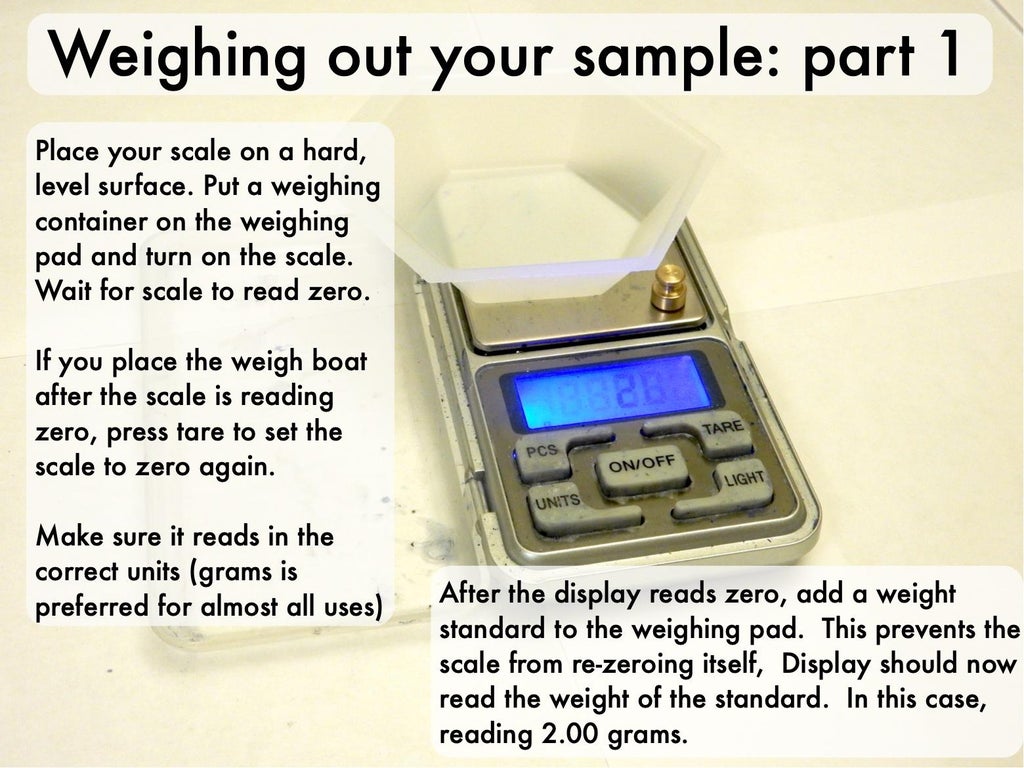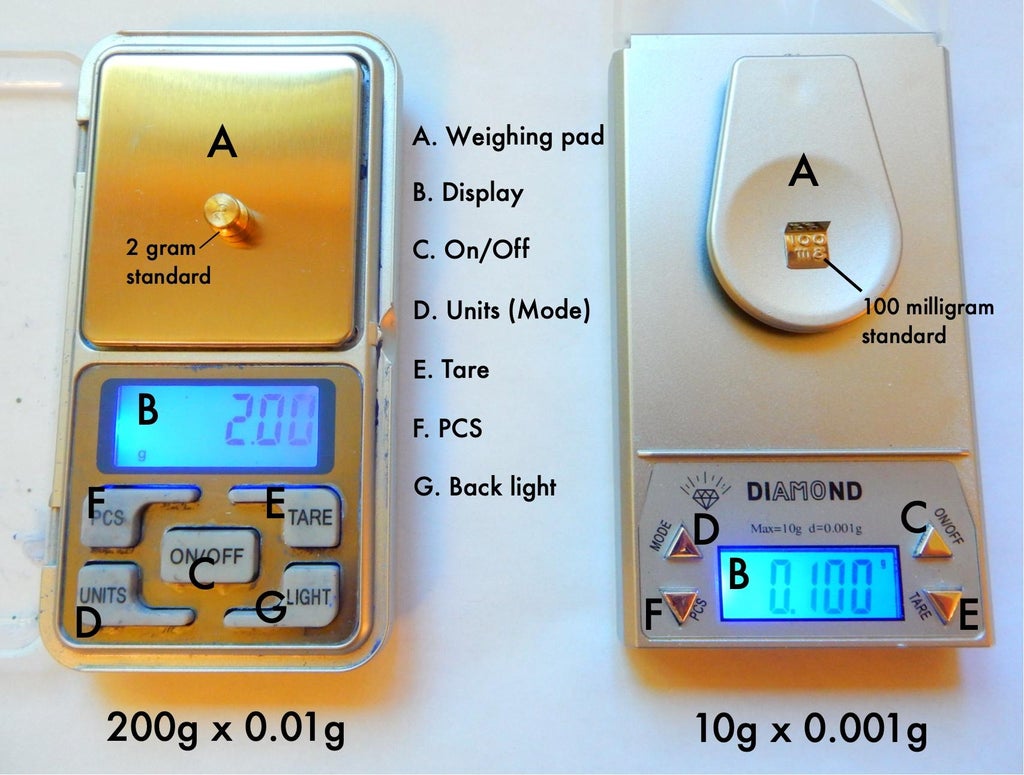Today, I’m gonna talk about building micro scales. It’s something I’ve been messing with recently, and I thought, why not share the whole process, warts and all?
So, first off, I had to figure out what I even wanted to make. I’ve always been fascinated by tiny things, so I decided to make a super small scale, one that could weigh really light stuff. Like, really light.

I started by gathering materials. This wasn’t as easy as it sounds. I needed some really thin wire, a sensitive sensor, and a bunch of other tiny parts that I had to order online. It took a while for everything to arrive, which was a bit of a bummer, but hey, that’s how it goes sometimes.
Design Time
Once I had all my stuff, I started sketching out designs. I’m no artist, so my drawings were pretty rough, but they gave me a basic idea of what I wanted. I spent a good few days just thinking about the design, making changes, and then changing my mind again. It was a mess, to be honest.
Next up, I started building a prototype. This was the fun part. I used some tweezers, a magnifying glass, and a lot of patience. Putting the tiny parts together was a real challenge. My hands were shaking, and I dropped things more times than I can count. But, slowly but surely, it started to come together.
Testing, Testing…
After I had something that looked like a scale, I started testing it. I used some really light objects, like feathers and bits of paper, to see if it worked. The first few tries were a total failure. The scale wasn’t sensitive enough, and it didn’t give accurate readings.
- First Try: Scale didn’t even budge.
- Second Try: Got a reading, but it was way off.
- Third Try: Started to show some promise, but still not accurate enough.
I went back to the drawing board, tweaked the design, and tried again. And again. And again. Each time, I learned something new and made small improvements. It was a long and sometimes frustrating process, but I was determined to get it right.
Finally, Success!
Finally, after what felt like a million tries, I got it working! The scale was able to accurately weigh really light objects. It was a great feeling to finally see it working after all that effort.
I’m still making improvements to the design, and I’m already thinking about building other micro tools. It’s a lot of work, but it’s also a lot of fun. If you’re thinking about getting into micro-scale building, my advice is to be patient, be persistent, and don’t be afraid to make mistakes. It’s all part of the learning process.














